Previous Day - Next Day
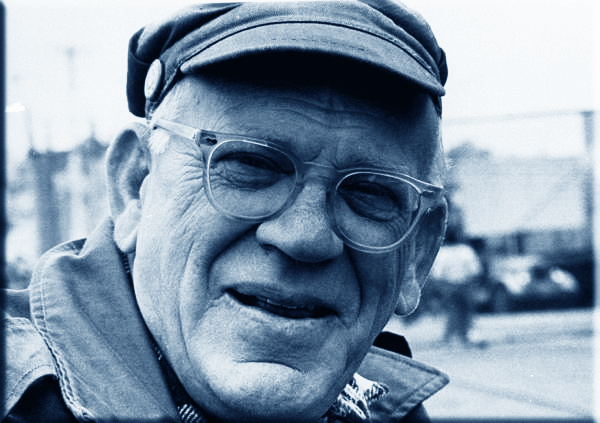
“All journeys have secret destinations of which the traveler is unaware.”
~ Eric Hoffer
Wikiquote (Eric Hoffer (July 25, 1902 – May 21, 1983) an American writer on social and political philosophies. His first book, The True Believer: Thoughts On The Nature Of Mass Movements (1951) is widely recognized as a classic on mass-movements and the psychological roots of fanaticism.)

February 9th, 474

Byzantine Empire (East Roman Empire):
474 - Zeno crowned as co-emperor of the Byzantine Empire.
Wikipedia Image: The Baptism of Constantine painted by Raphael's pupils (1520–1524, fresco, Vatican City, Apostolic Palace); Mural of Saints Cyril and Methodius, 19th century, Troyan Monastery, Bulgaria; Justinian I depicted on one of the famous mosaics of the Basilica of San Vitale, Ravenna; The Greek fire was first used by the Byzantine Navy during the Byzantine-Arab Wars (from the Madrid Skylitzes, Biblioteca Nacional de España, Madrid); Alexios I, founder of the Komnenos dynasty.
February 9th, 1555

Bishop of Gloucester John Hooper is burned at the stake.
Wikipedia Image: Bishop of Gloucester John Hooper ● Memorial to John Hooper, Bishop of Gloucester, who was martyred for refusing to recant his Protestant faith in 1555. (The memorial is on the spot where he was burned at the stake, outside St. Mary's Gate of Gloucester Cathedral), credit Jeremai Smith, Flickr.
February 9th, 1621

Pope Gregory XV becomes Pope, the last Pope elected by acclamation.
Wikipedia Image: Pope Gregory XV ● Sant'Ignazio di Loyola, funerary monument of Pope Gregory XV.
February 9th, 1775
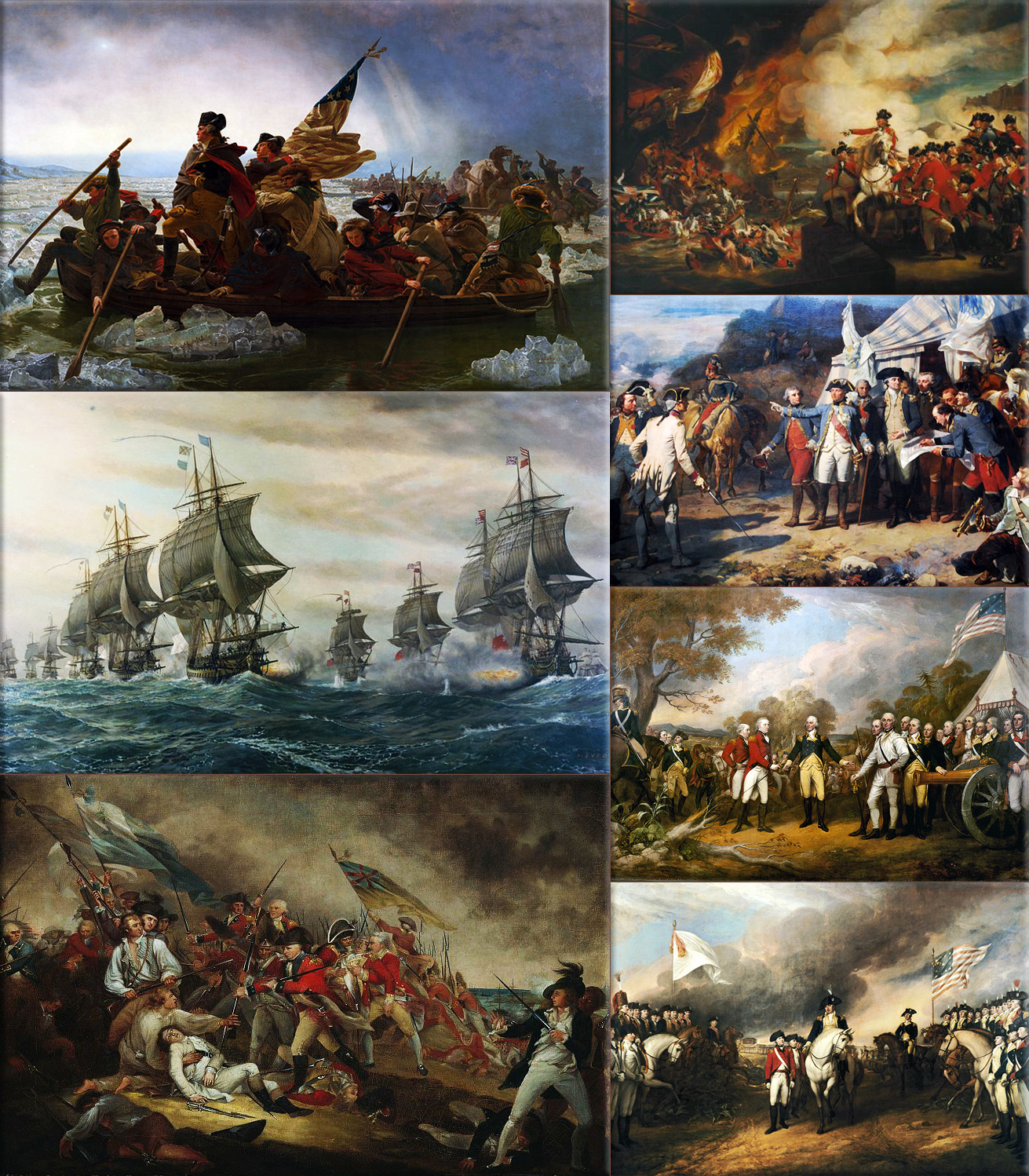
American Revolutionary War:
1775 - The British Parliament declares Massachusetts in rebellion.
Wikipedia Paintings: Washington Crossing the Delaware, by Emanuel Leutz; Battle of the Chesapeake, French (left) and British (right) lines; Battle of Bunker Hill, The Death of General Warren at the Battle of Bunker Hill by John Trumbull; The Defeat of the Floating Batteries at Gibraltar, September 13, 1782, by John Singleton Copley; Washington and the Comte de Rochambeau at Yorktown, 1781; "The surrender at Saratoga" shows General Daniel Morgan in front of a French de Vallière 4-pounder; Surrender of Cornwallis at Yorktown by (John Trumbull, 1797).
February 9th, 1788
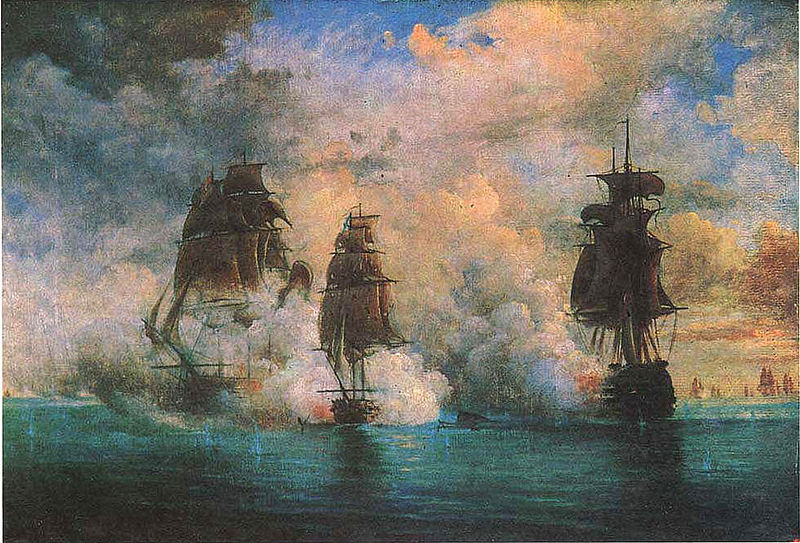
Russo-Turkish War: The Habsburg Empire joins in the Russian camp.
Wikipedia Painting: Russo-Turkish War; Action of May 26, 1829, by Nikolay Krasovsky
February 9th, 1825
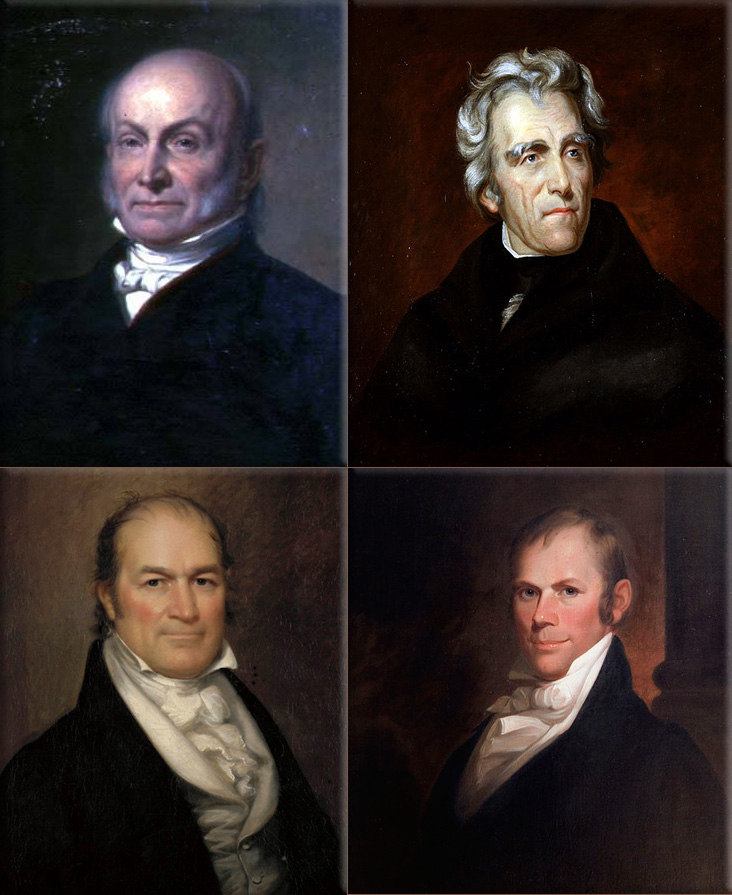
United States presidential election, 1824: Since no candidate received a majority of the total electoral college votes in the election - the United States House of Representatives elects John Quincy Adams President of the United States.
Wikipedia Paintings: United States presidential election, 1824: John Quincy Adams, Andrew Jackson, William H. Crawford and Henry Clay; Adams served as the sixth President of the United States from March 4, 1825, to March 4, 1829.
February 9th, 1861
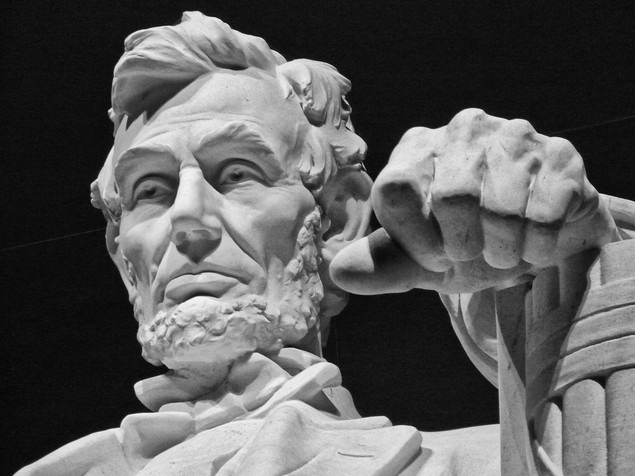
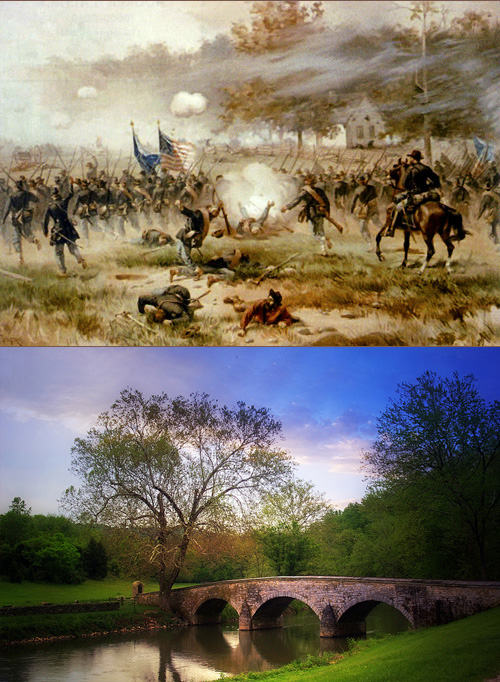
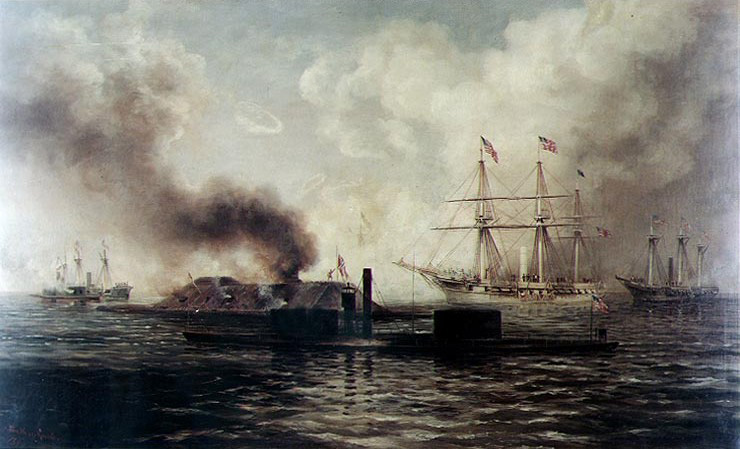
American Civil War:
1861 - Jefferson Davis is elected the Provisional President of the Confederate States of America by the Confederate convention at Montgomery, Alabama.
Wikipedia Image: ● Lincoln Memorial; an American national monument built to honor the 16th President of the United States, Abraham Lincoln - located on the National Mall in Washington, D.C. across from the Washington Monument.
● The northern army led by George McClellan and the southern army led by Robert E. Lee met at Antietam Creek, Maryland in September, 1862. It was a bloody battle where 13,000 Confederates and 12,000 Union troops died in just one day. McClellan had hesitated to attack before the battle thus letting the southern troops regroup. Also, he had saved reserves and refused to use them at the end of the battle thinking that Lee was holding reserves for a counterattack, even though those reserves didn't exist. The Union victory stopped Lee's northward advance and was a turning point in the war.
● Battle of Antietam / Stone Bridge at Antietam Battlefield - Sharpsburg, Maryland
● Battle of Mobile Bay (1890) by Xanthus Russell Smith.
● Although photography was still in its infancy, war correspondents produced thousands of images, bringing the harsh realities of the frontlines to those on the home front in a new and visceral way. The Atlantic.
February 9th, 1870

United States President Ulysses S. Grant signs a joint resolution of Congress establishing the National Weather Service.
Wikipedia Image: The National Weather Service (NWS), once known as the Weather Bureau, is one of the six scientific agencies that make up the National Oceanic and Atmospheric Administration (NOAA) of the United States government. (It is headquartered in Silver Spring, Maryland.)
February 9th, 1904

Russo-Japanese War:
1904 - The Battle of Port Arthur concludes.
Wikipedia Image: Battle of Tsushima ends with the destruction of the Russian Baltic Fleet ● Cossacks capture Japanese detachment and their commander ● Aftermath of Mukden: the Russians defeated ● Photographing Russians on the move in Manchuria ● Cossacks protect the Telegraph lines ● Battle of Mukden with piles of Japanese dead at the Ramparts, credit Andrewn.tripod.
February 9th, 1920
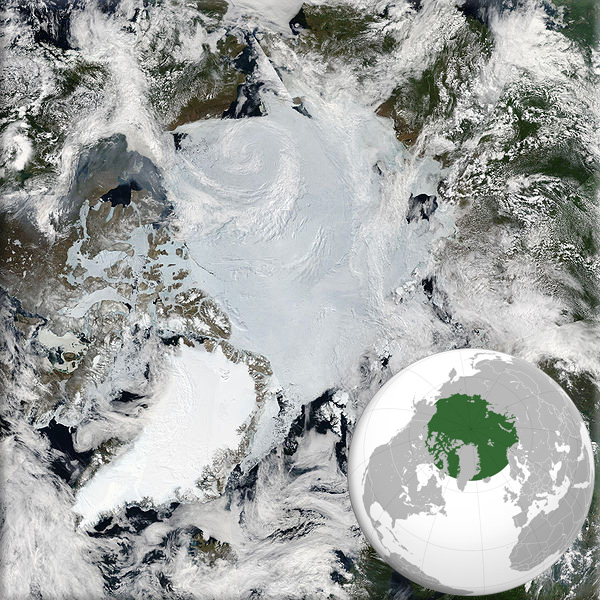
Svalbard Treaty: Under the terms of the treaty, international diplomacy recognizes Norwegian sovereignty over Arctic archipelago Svalbard, and designates it as demilitarized.
Wikipedia Image: Map of the World Time Zones, credit Mihalko-family
February 9th, 1934
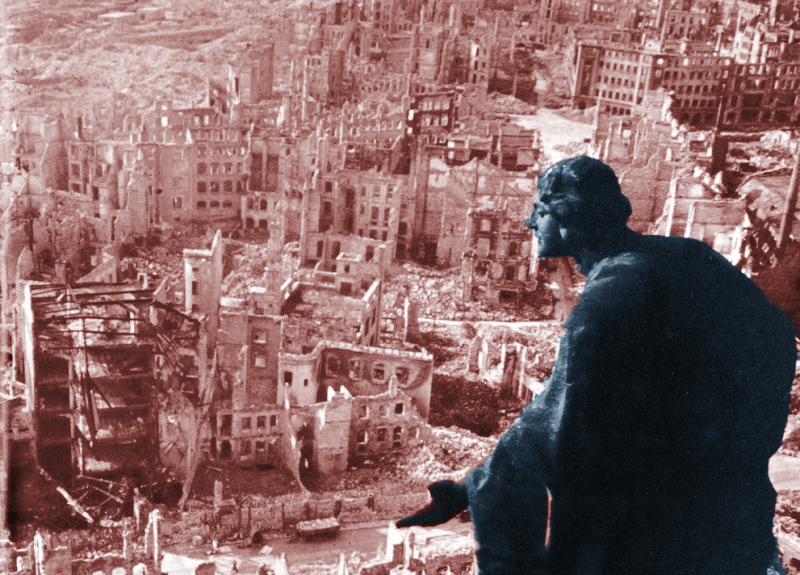

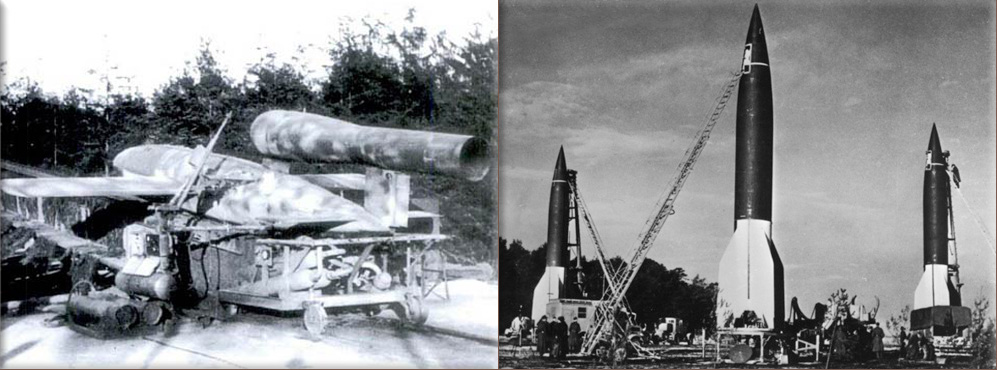
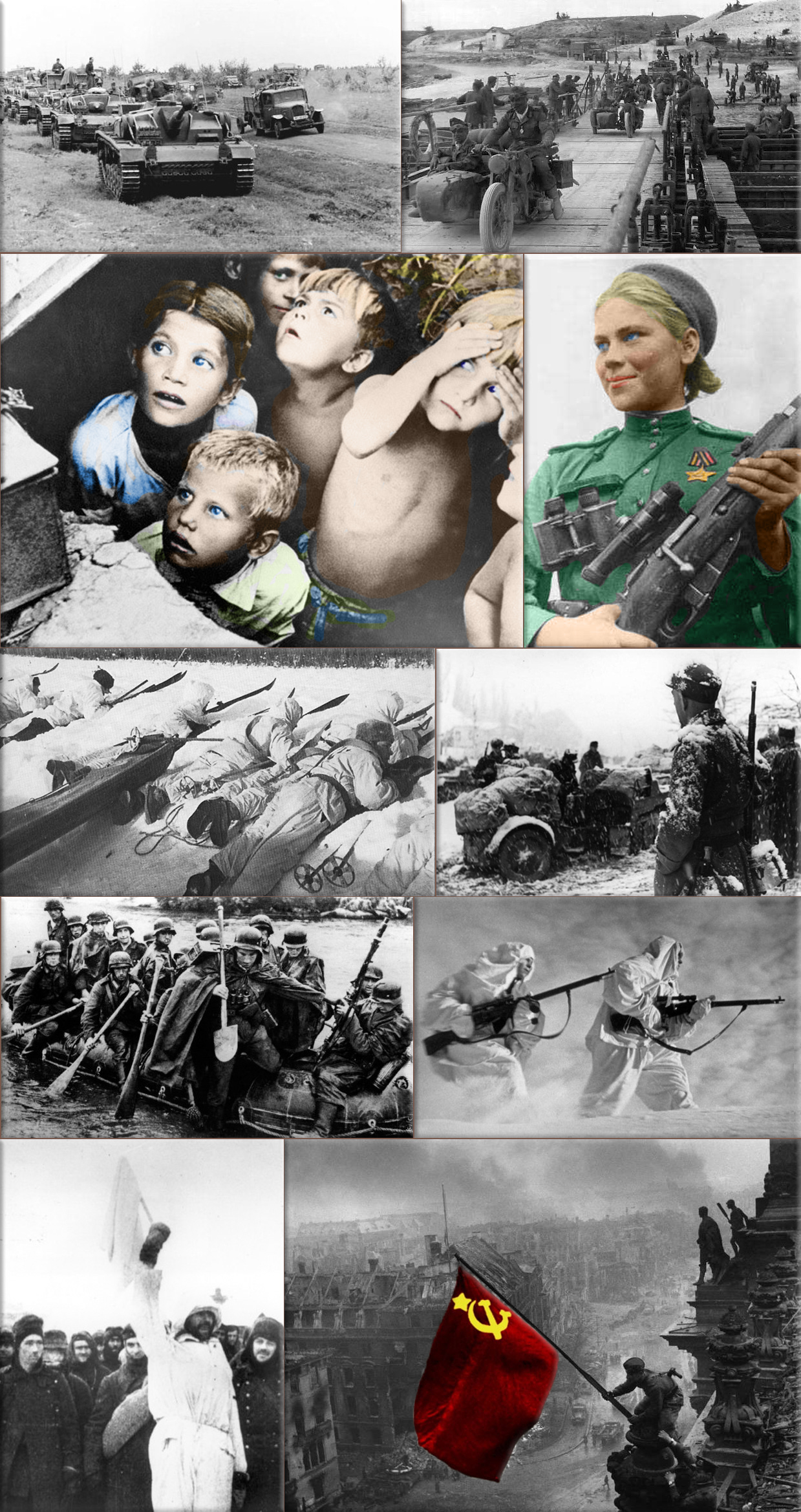
Pre World War II:
1934 - Balkan Entente is formed.
World War II:
1942 - Top United States military leaders hold their first formal meeting to discuss American military strategy in the war.
1942 - Year-round Daylight saving time is re-instated in the United States as a wartime measure to help conserve energy resources.
1943 - Battle of Guadalcanal: Allied authorities declare Guadalcanal secure after Imperial Japan evacuates its remaining forces from the island, ending the Battle of Guadalcanal.
1945 - The Battle of the Atlantic; HMS Venturer sinks U-864 off the coast of Fedje, Norway, in a rare instance of submarine-to-submarine combat.
1945 - Black Friday (1945); A force of Allied aircraft unsuccessfully attacked a German destroyer in Førdefjorden, Norway.
Wikipedia Photo: Bombing of Dresden in World War II; August Schreitmüller's sculpture 'Goodness' surveys Dresden after a firestorm started by Allied bombers in 1945.
USS Bunker Hill was hit by kamikazes piloted by Ensign Kiyoshi Ogawa and another airman on 11 May 1945. 389 personnel were killed or missing from a crew of 2,600; Ensign Kiyoshi Ogawa, who flew his aircraft into the USS Bunker Hill during a Kamikaze mission on 11 May 1945; Kamikaze Missions - Lt Yoshinori Yamaguchi's Yokosuka D4Y3 (Type 33 Suisei) "Judy" in a suicide dive against USS Essex. The dive brakes are extended and the non-self-sealing port wing tank is trailing fuel vapor and/or smoke 25 November 1944.
German V1 flying-bomb and V2 Rockets - Preparations for a Salvo Launch of V-2 Rockets in the Heidelager near Blizna (Poland) (1944), credit German History in Documents and Images GHDI.
Eastern Front (World War II); Germans race towards Stalingrad. August 1942; Soviet children during a German air raid in the first days of the war, June 1941, by RIA Novosti archive; Soviet sniper Roza Shanina in 1944. About 400,000 Soviet women served in front-line duty units Caucasus Mountains, winter 1942/43; Finnish ski patrol: the invisible enemy of the Soviet Army with an unlimited supply of skis; Men of the German Engineers Corps cross a river which is swollen after the first autumn rains, to strengthen bridges linking the German positions on the central front in Russia. by Keystone / Getty Images. October 1942; Russian snipers fighting on the Leningrad front during a blizzard. Photo by Hulton Archive / Getty Images, 1943; German soldiers surrendering to the Russians in Stalingrad, the soldier holding the white flag of surrender is dressed in white so that there could be no doubt of his intentions, a Russian soldier is on the right of the photograph. by Keystone / Getty Images, January 1943.
February 9th, 1950
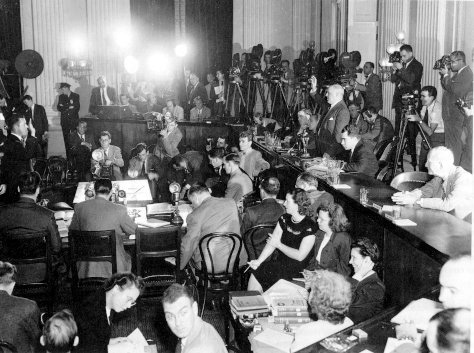
Red Scare: House Un-American Activities Committee; Senator Joseph McCarthy accuses the United States Department of State of being filled with Communists.
Wikipedia Photo: House Un-American Activities Committee.
February 9th, 1951
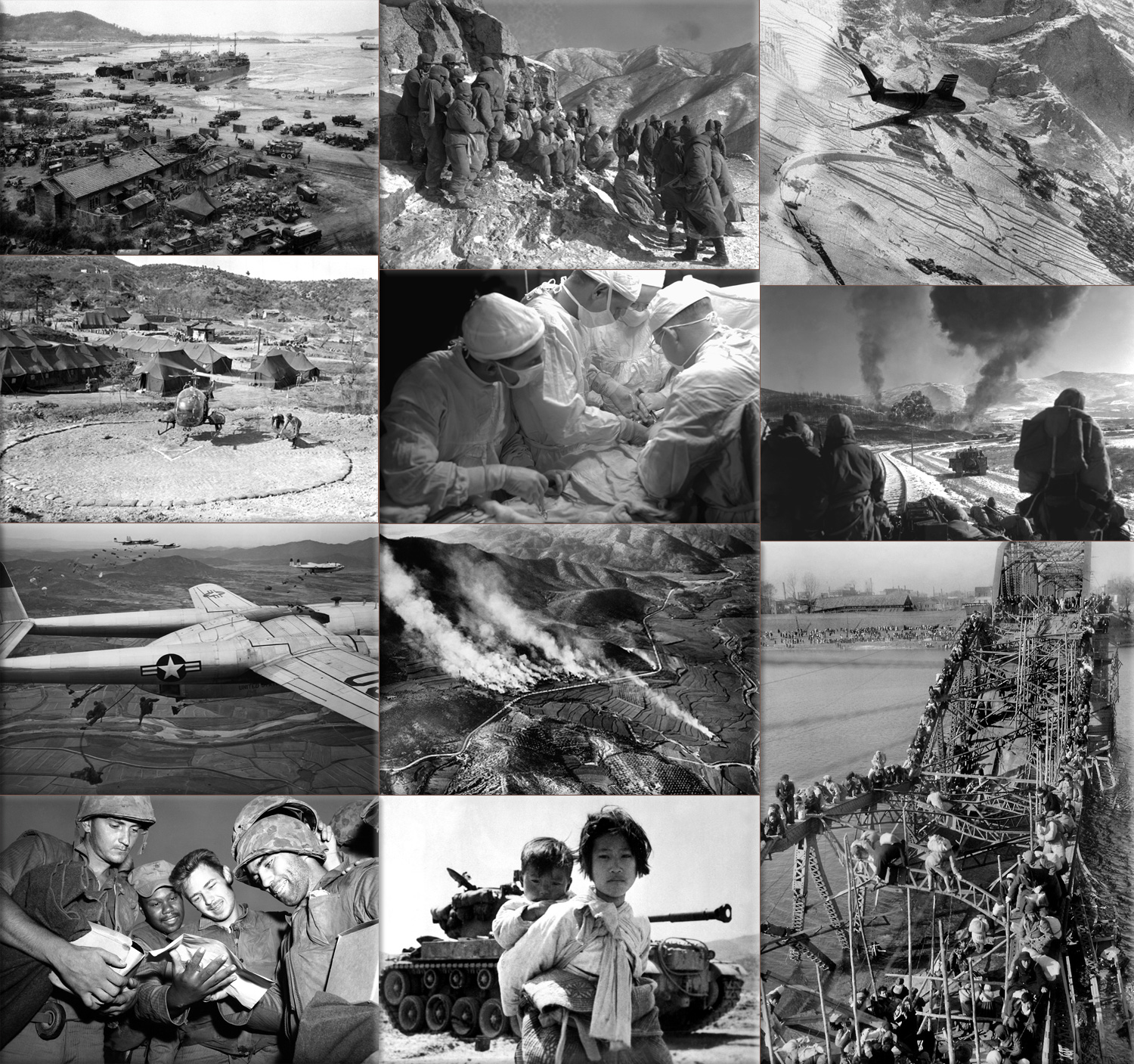
Korean War:
1951 - Geochang massacre.
Wikipedia Photo: Korean War Collage credit, The Big Picture, Boston Globe - (Associated Press; U.S. Department of Defense / SGT. F.C. Kerr; AP Photo; U.S. Department of Defense / TSGT. Charles B. Tyler; U.S. Department of Defense / TSGT. Charles B. Tyler; U.S. Department of Defense / TSGT. Robert H. Mosier; AP Photo / Max Desfor; U.S. Department of Defense / CPL. P. McDonald; AP Photo / Max Desfor; AP Photo/George Sweers; U.S. Navy / Maj. R.V. Spencer, UAF; AP Photo / Max Desfor).
February 9th, 1959
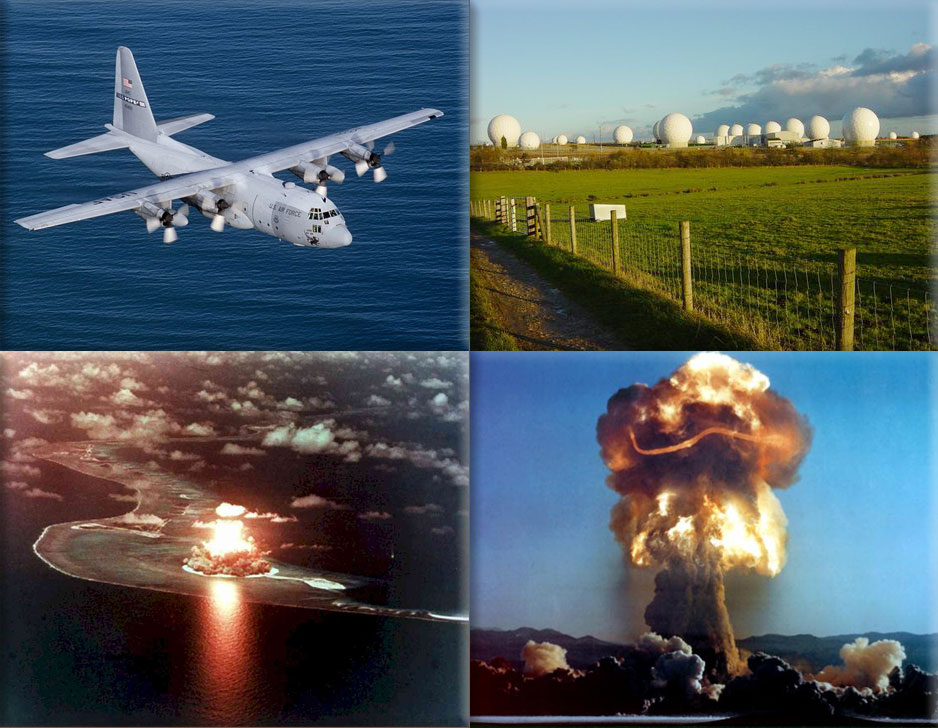
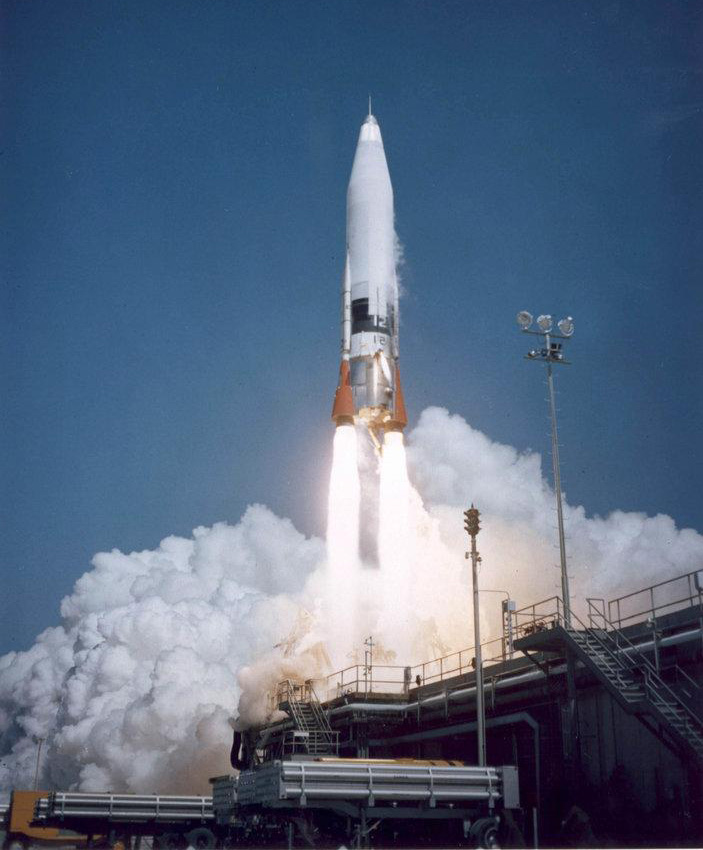
Cold War:
1959 - The R-7 Semyorka, the first intercontinental ballistic missile, becomes operational at Plesetsk, USSR.
Wikipedia Photo: Lockheed C-130 Hercules; RAF Menwith Hill, a large site in the United Kingdom, part of ECHELON and the UKUSA Agreement; New Zealand nuclear test, British nuclear tests near the Malden and Christmas Islands in the mid-Pacific in 1957 and 1958; Nevada nuclear tests, Nevada Division of Environmental Protection Bureau of Federal Facilities.
1958 test launch of an U.S Air Force Atlas Intercontinental Ballistic Missile (ICBM), developed by Lockheed Martin.(U.S. Air Force.
February 9th, 1964
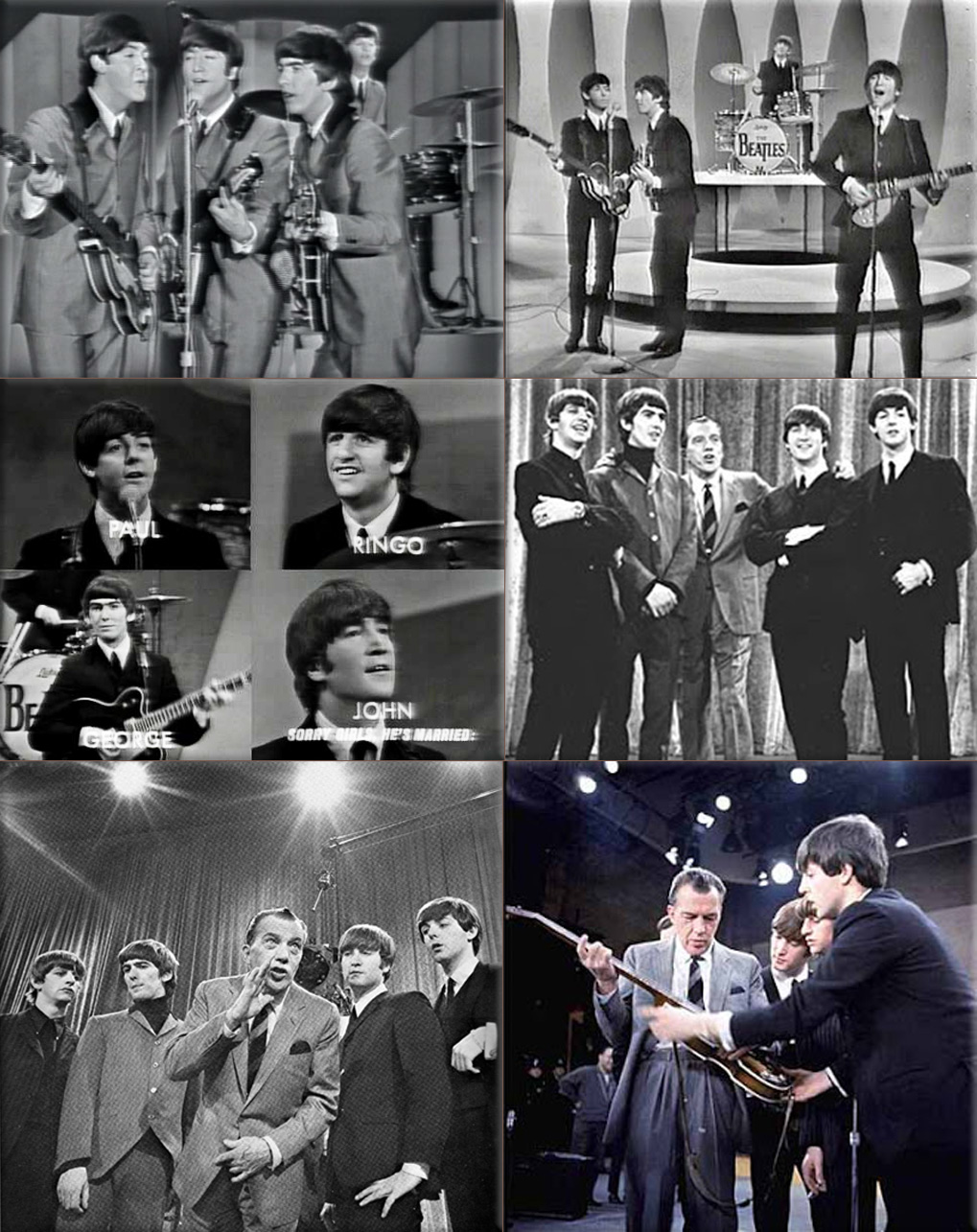
British Invasion: 1964 - The Beatles make their first appearance on The Ed Sullivan Show, performing before a "record-busting" audience of 73 million viewers.
Wikipedia Photo: The Ed Sullivan Show ● The Beatles 1st Ed Sullivan Performance (REMASTERED), Youtube 
February 9th, 1965


Vietnam War:
1965 - The first United States combat troops are sent to South Vietnam.
Wikipedia Photo: Vietnam_War; Side view of an HH-53 helicopter of the 40th Aerospace Rescue and Recovery Squadron as seen from the gunner's position on an A-1 of the 21st Specialist Operations Squadron. (USAF Photo by Ken Hackman), Boston Globe;
Boeing B-52 Stratofortress, credit Free Republic;
Vietnam War: The Big Picture / Boston Globe.
February 9th, 1969
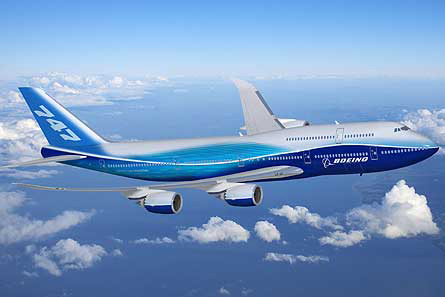
First test flight of the Boeing 747 (the world's first "jumbo jet").
Wikipedia Photo: Boeing 747-400F.
February 9th, 1971

Earthquake:
1971 - Sylmar earthquake; hits the San Fernando Valley area of California.
Wikipedia Image: Preliminary Determination of Epicenters / Aleppo Syria; Anchorage, Alaska - March 28, 1964 Prince William Sound USA earthquake and tsunami; 8.9 Mega Earthquake Strikes Japan; Tsunami Swirls Japan's Ibaraki Prefecture March 12 2011. credit NOAA / NGDC, NOAA National Geophysical Data Center, USGS, National Geographics.
February 9th, 1971


Satchel Paige becomes the first Negro League player to be voted into The Baseball Hall of Fame.
Wikipedia / BaseballHall.org; Satchel Paige, credit Arthur K. Miller
February 9th, 1971
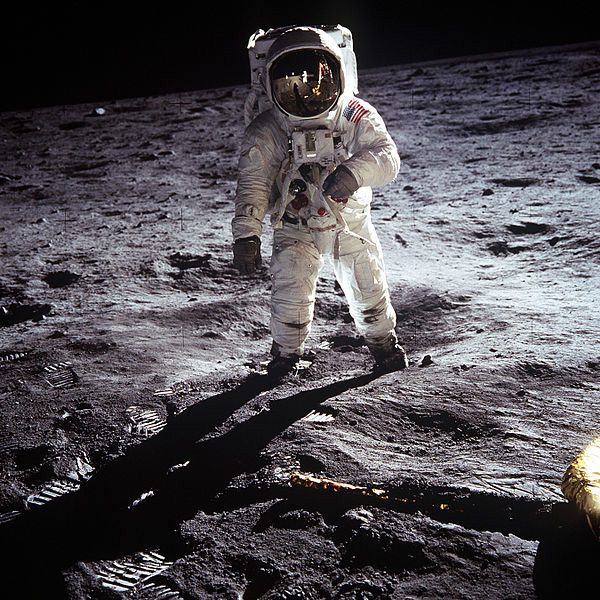

Apollo Program: Apollo 14; Astronauts Alan Shepard, Stuart Roosa and Edgar Mitchell return to Earth after sucessfully landing on the Moon.
Wikipedia Photo: Apollo Program: Apollo 11 first manned Moon landing and the first walk on the surface on the moon. Astronaut Buzz Aldrin walks on the surface of the moon near the leg of the lunar module Eagle. Apollo 11 Commander Neil Armstrong took this photograph with a 70mm lunar surface camera. Armstrong and Aldrin explored the Sea of Tranquility for two and a half hours while crewmate Michael Collins orbited above in the command module Columbia.
The Blue Marble is a famous photograph of the Earth, taken on December 7, 1972, by the crew of the Apollo 17 spacecraft, at a distance of about 45,000 kilometres (28,000 mi).
February 9th, 1991
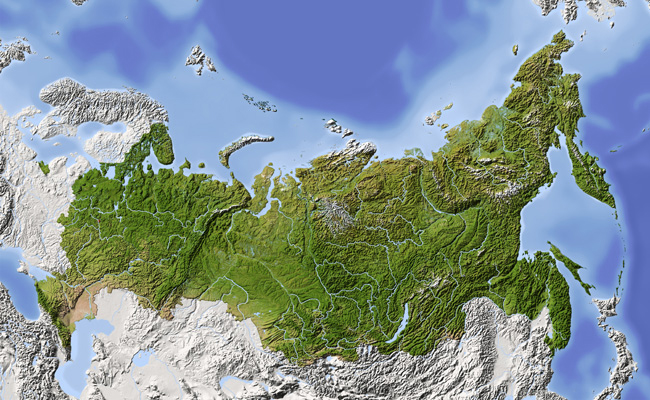
Dissolution of the Soviet Union:
1991 - Voters in Lithuania vote for independence.
Wikipedia Image: Russia Satellite Map.
February 9th, 1995
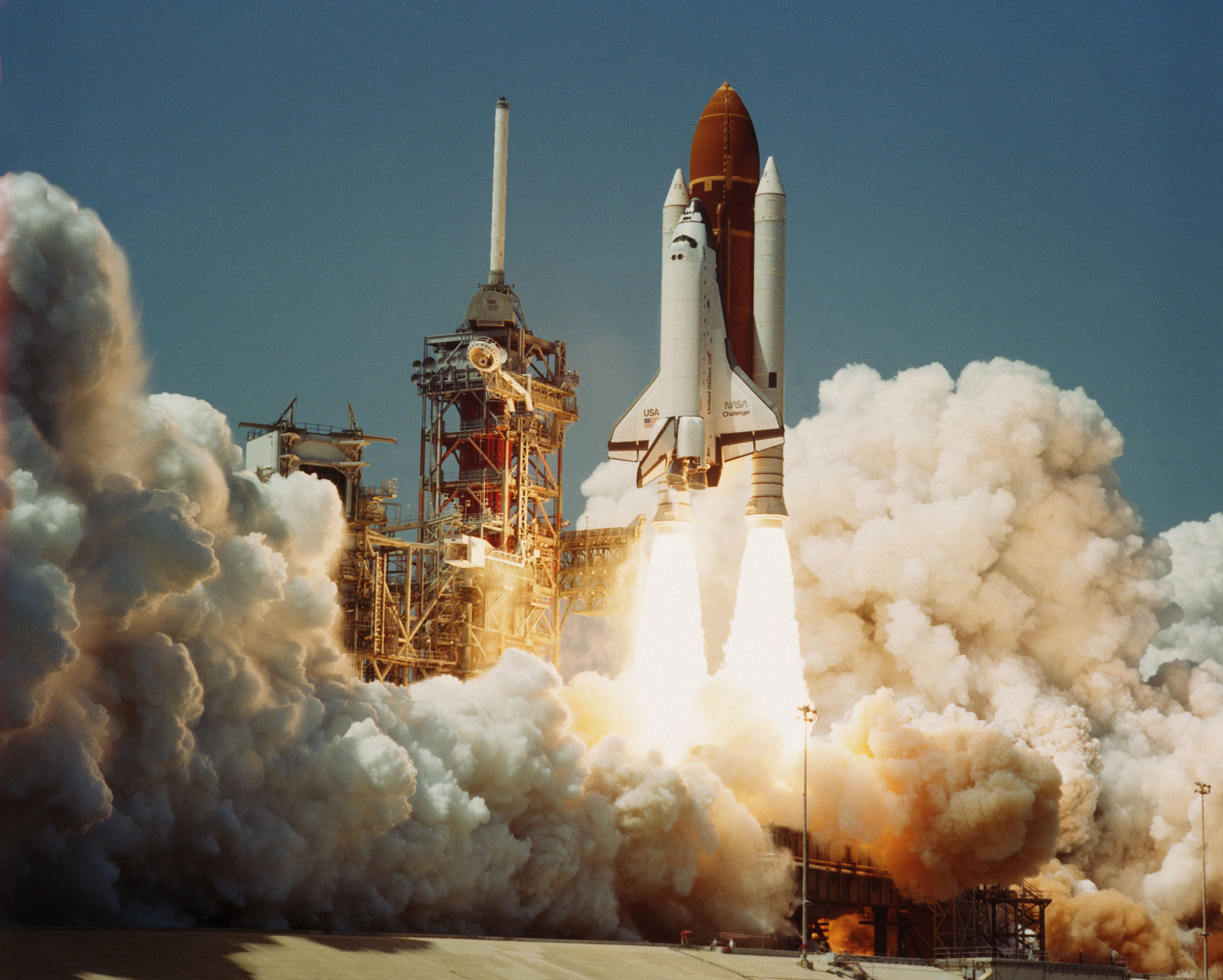
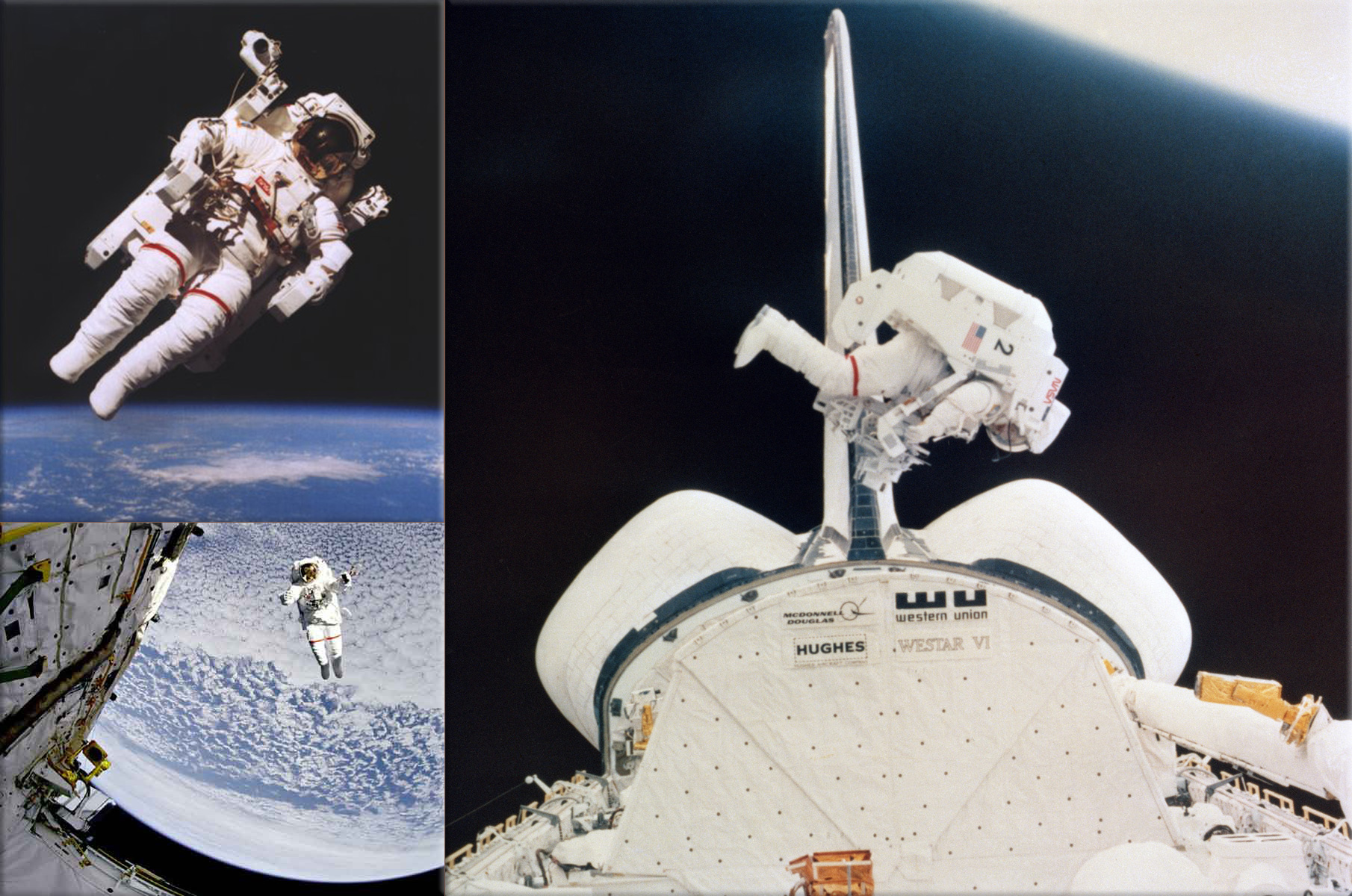
NASA (National Aeronautics and Space Administration) Space Shuttle program:
1995 - Space Shuttle Discovery lifts off for mission STS-63 - Astronauts Bernard A. Harris, Jr. and Michael Foale become the first African American and first Briton, respectively, to perform space walks.
Wikipedia Photo: Space Shuttle Challenger, 04-04-1983. (Space Transportation System Number 6, Orbiter Challenger, lifts off from Pad 39A carrying astronauts Paul J. Weitz, Koral J. Bobko, Donald H. Peterson and Dr. Story Musgrave.) NASA. Manned Maneuvering Unit (MMU) is an astronaut propulsion unit which was used by NASA on three space shuttle missions in 1984.
February 9th, 2001
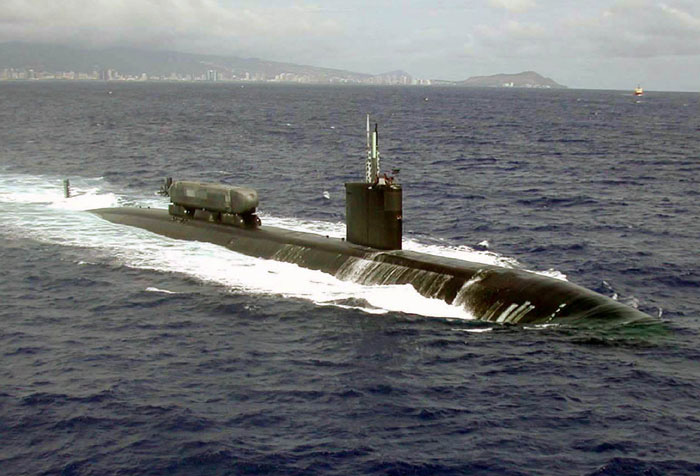
The American submarine USS Greeneville (SSN-772) accidentally strikes and sinks the Ehime-Maru, a Japanese training vessel operated by the Uwajima Fishery High School.
Wikipedia Photo: USS Greeneville (SSN-772) off the coast of Honolulu, Hawaii carrying the ASDS.
February 9th, 2016

The Bad Aibling rail accident: Two passenger trains collided in the German town of Bad Aibling in the state of Bavaria. Twelve people died, and 85 others were injured.
Wikipedia Photo: Aerial view of the Bad Aibling crash scene. Photo: PA Images.
